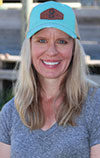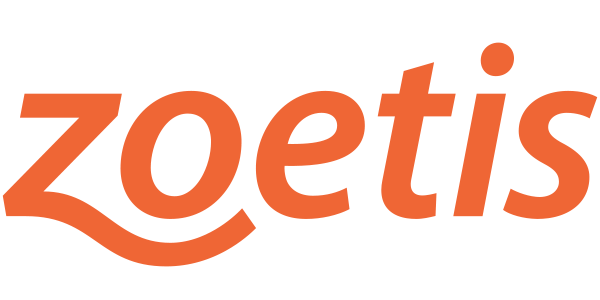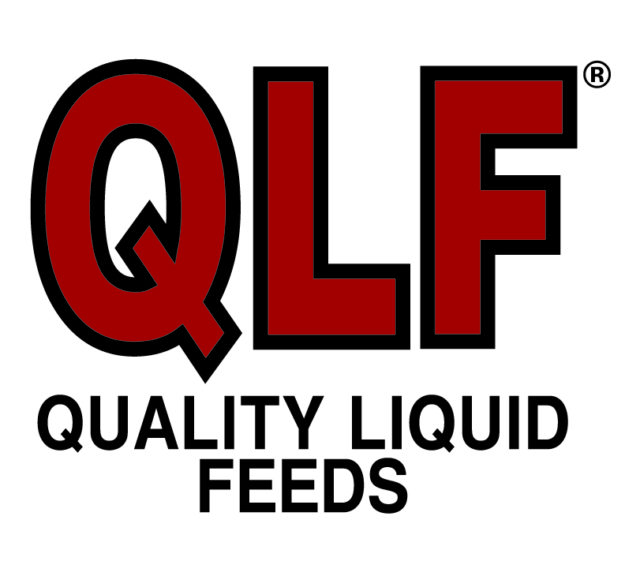One of our daughters showed her love of animals from an early age. She’d carry any animal that allowed it. She also loved reading. As a toddler, she slept with books and stuffed animals. She wanted a book of veterinary science at age 8.
Our other daughter couldn’t have enough frills and sparkles. She loved animals too, but she really loved playing in the dirt in dresses, running around the house and “swimming” in our flood irrigation ditches.
When our son came along, it was obvious he was good with his hands. He put together puzzles before he walked. He built hotels with Lincoln Logs and designed roller coasters with K’NEX before he started school.
Looking back on their early years, there were clues to help us steer them in the direction of their potential. As parents, we didn’t want to tell them what they liked or who they were. Instead, it has been our pleasure to help them mine the treasures of their design and provide opportunities for them to grow. That may be classes, groups, outdoor time, trips, etc.
Sometimes as kids grow up, some of those original interests get pushed down. Of course, it isn’t intentional. Sometimes we as parents miss clues. Or we don’t understand them. It could happen in a school where they don’t fit in and who they are isn’t celebrated. Over time, that kid may end up in a box that doesn’t fit him very well, but he stays in to keep the status quo.
I’m certain it has happened to a fair amount of adults, too.
Do you ever wonder what you are really supposed to be doing with your life?
Be honest.
I think we all wrestle with this question at one point or another. However, if it plagues you, coming up over and over again, maybe it would help to look at design.
Perhaps we need to even go to our parents, a family member or caregiver and ask, “What was I like when I was little?”
All of us obviously have some connection with agriculture, or we wouldn’t be here together. That is a defining objective. What is it, though, that really makes you tick?
When I was little, I loved stories. Any kind of story suited me, but I really loved horse stories. I’d write stories in little notebooks. I also loved the water. My grandparents had a cabin on a lake that we visited in the summer. Perfect.
My husband saddled everything – alive or not. By the time he was 3, he was throwing blankets on the arm of the couch and saddling it up to ride. He loved action and adventure, especially if animals were involved.
I know it sounds somewhat silly to be talking about ourselves when young, but as we thought back and asked around about what we were like when we were little, we realized a lot of those passions actually are clues about our designs.
Design is how we see the world. People often refer to glass-half-empty or glass-half-full types, but it goes beyond that. Artists often think in a circular way. They will make a mind map over a list any day. Linear thinkers are definitely going to make a list. Maybe color code it, too.
Neither way is wrong.
Say you go out to a pasture, and there are cows on the wrong side of the fence. A circular thinker may mosey around, considering the multiple starting points of how to get them back in the pasture. A linear thinker will make a list:
- Get a horse.
- Push cows back.
- Fix the fence.
A circular thinker may be wondering: Who is going to ride the west side? Who will be on the east? Do you need more than one person to fix the fence? There will be various angles and possibilities considered.
When a linear thinker says, “We are moving cows,” this may stress out a circular thinker. The circular thinker may have questions and, if they ask, the linear thinker may say something like, “Just do it. You’re thinking too hard.”
At this point, the circular thinker has formulated a plan that is likely different from the linear thinker. Both riders implement their plans. If they don’t communicate, it ends in frustration.
Hypothetically. Or so I’ve heard …
Knowing your design and how you think may be one of the best gifts you give yourself and your family. If you all have an idea of how the others are wired, it may go a long way toward good relationships. It also helps you know what area of the operation is good for you to focus on and what area is better for someone else to focus on. Look for clues that indicate whether you’re a big-picture thinker or whether you dial down on details.
If you’re not sure about your design, ask around. You are bound to hear some wisecrack story about the time you peed in a toilet on display in a hardware store or something, but listen for clues. At least if you hear something like that, you’ll know you are resourceful.
Note: Linear and circular thinking are terms used in a variety of different ways. Here, I used them with my own words and in my own way to illustrate different ways of thinking.









